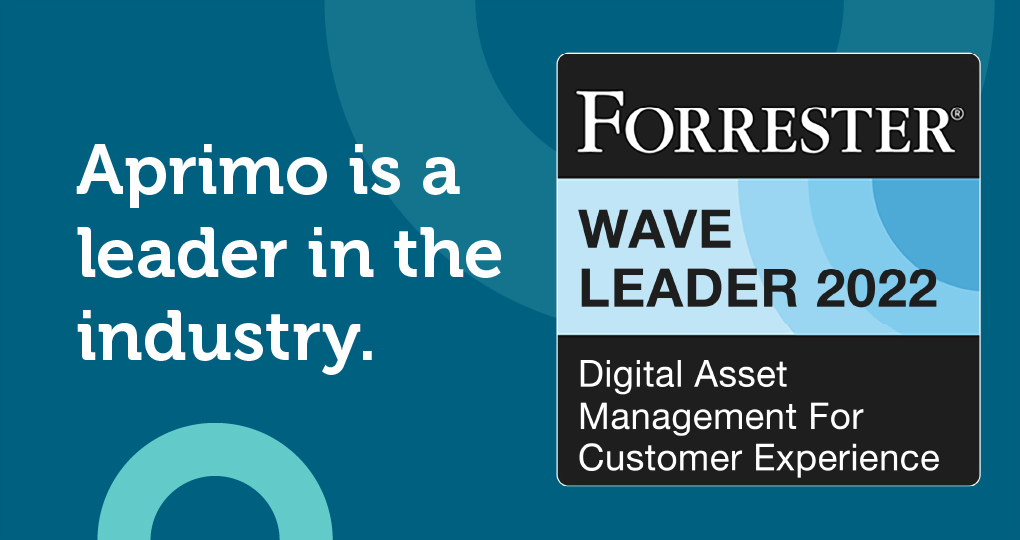Compliance and Governance in Enterprise Digital Asset Management

Enterprise digital asset management, or DAM, software helps enterprise-level companies manage all data and assets in accordance with applicable regulations. Companies can ensure compliance by using a centralized platform and system for standardizing the collection, securing, and distribution of assets. Learn more about the relationship between compliance, governance, and enterprise DAM systems.

Overview of Compliance and Governance in Enterprise DAM
Before exploring the relationship between these three concepts, understanding each in a standalone context is essential.
-
Compliance means “conformity in fulfilling official requirements,” like laws and regulations. In the context of digital assets, this usually focuses on laws surrounding the collection, protection, and distribution of personal information by companies
-
Governance refers to the process of “overseeing the control and direction” of an organization. For digital asset management, this means setting rules and procedures for creating, storing, and sharing all digital assets and information.
-
Enterprise digital asset management encompasses the management of all digital assets like photos, videos, graphics, documents, and data sets. In the contexts of compliance and governance, cybersecurity and clear, efficient processes are the most important aspects of enterprise DAM.
As rules and regulations regarding data privacy continuously evolve, so does the world of digital asset management. Managing compliance and governance within a robust DAM platform empowers companies to remain agile among these changes, building off a strong foundation of standardized workflows for digital assets throughout their lifecycle.
Key Elements of Compliance in Enterprise DAM
Data privacy regulations change how enterprise-level companies are able to collect, store, and use data from individuals. Using an enterprise DAM platform built with privacy in mind allows companies to set granular access controls that protect their most sensitive data from misuse.
Sensitive data compliance requirements often vary by industry and may include:
-
The management of personally identifiable information (PII) like customer and personnel contact and payment information
-
For medical and healthcare organizations, protecting personal health information (PHI) per HIPAA
-
For financial institutions, managing private financial information properly per the Gramm-Leach-Bliley Act
Best practices for ensuring compliance in enterprise DAM hinge on enacting proper access controls for different levels of sensitive data. With enterprise DAM software, records are kept, accessed, and updated from one centralized, protected place. Alongside setting access controls, this helps companies avoid unauthorized access to protected information.


Governance Frameworks for Effective Enterprise DAM
Governance frameworks in enterprise DAM include every standardized rule and procedure across a digital asset’s entire life cycle, from creation to distribution, and even to deletion. Rules should define:
-
How and where a new asset is created
-
Where it is stored and what information accompanies it, like metadata
-
Who is responsible for owning the asset and ensuring its proper organization, updating, and distribution
-
Who is allowed access to a specific type of asset
-
When, how, and by whom assets may be approved and distributed
-
When and by whom an obsolete asset should be removed or deleted
On top of protecting sensitive data and assets, content governance also encompasses:
-
Ensuring data cleanliness and accuracy with smart technology that identifies redundant or obsolete records for merging, updating, or deletion
-
Keeping information consistent across tools and platforms through secure integrations
Risk-Mitigation Strategies
Inherent risks in using a digital asset management system include:
-
Unauthorized access or distribution of unapproved, incomplete, or private assets and information
-
Inconsistent assets or data leading to misunderstandings between different departments and office locations
-
Accidental misuse or deletion of assets in the absence of clear training and process documentation
To avoid these scenarios, companies should plan to perform regular audits and assessments for risk mitigation within their DAM systems and processes. Collaborative efforts between IT and legal teams will also aid in ensuring compliance.


Employee Training and Awareness for Enterprise DAM Compliance
Employee training is one of the most important aspects of compliance practices. If employees don’t properly understand the rules, procedures, and processes for dealing with different types of assets and data, this makes accidental misuse of information all too easy.
Developing a culture of compliance within the organization involves embedding compliance into everyday activities. Ideas for this include:
-
Providing regular training and reminders of processes
-
Promoting awareness to changing regulations as they arise
-
Using effective technology to aid in compliance efforts
-
Offering incentives to fully compliant individuals or teams
-
Putting in place clear, easy-to-follow procedures for noncompliance reporting




